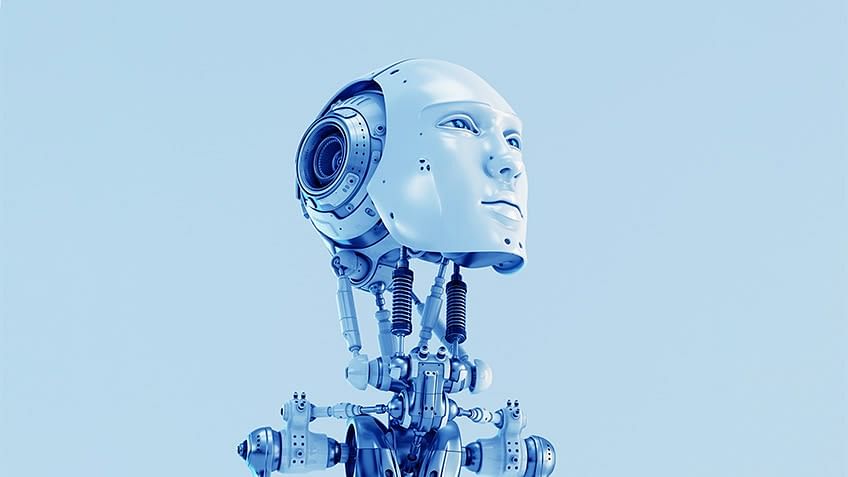Unleashing the Power of Python AI: A Comprehensive Guide
Artificial Intelligence (AI) has revolutionized various industries, and Python has emerged as a preferred programming language for AI development. In this article, we will explore the key concepts, tools, and frameworks associated with Python AI.

Understanding Python AI
Python is renowned for its simplicity and readability, making it an ideal choice for beginners and experienced developers alike. When it comes to AI, Python offers a plethora of libraries such as TensorFlow, PyTorch, and scikit-learn that streamline the development process.
Python AI Libraries
TensorFlow is a popular open-source machine learning library developed by Google that simplifies the creation of neural networks. PyTorch, on the other hand, is widely used for deep learning tasks and offers dynamic computation graphs.
Applications of Python AI
Python AI finds applications in various domains, including healthcare, finance, and autonomous vehicles. Machine learning algorithms developed using Python have paved the way for advancements in natural language processing, computer vision, and predictive analytics.
Read More: Exploring the Power of OpenAI ChatGPT
Challenges and Opportunities
While Python AI offers immense potential, developers often face challenges related to data preprocessing, model training, and deployment. However, with the right skills and knowledge, developers can unlock endless opportunities in the field of AI.
Learn More: Unleashing the Power of Voicebot
Conclusion
Python AI continues to drive innovation and shape the future of AI-powered technologies. By harnessing the capabilities of Python and leveraging AI libraries, developers can create intelligent systems that enhance efficiency and productivity across industries.
Additional Resources
Unleashing the Potential of Open AI ChatGPT
Unleashing the Power of Caktus AI
Unlocking the Potential of AI in Finance
Exploring the Power of OpenAI ChatGPT